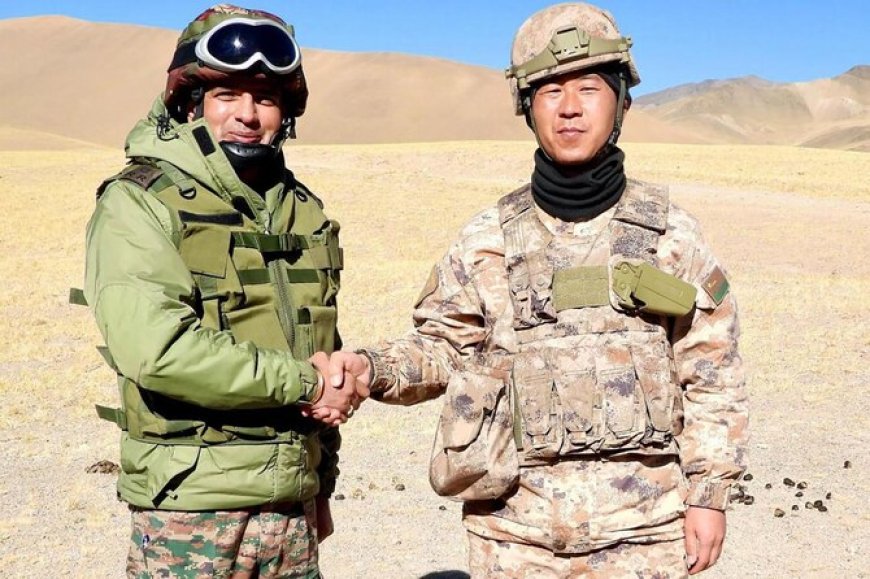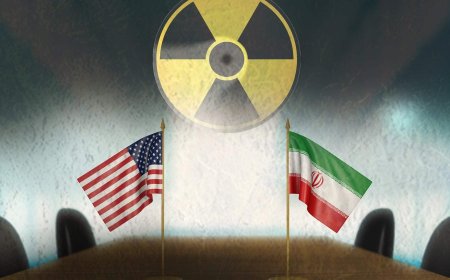China and India Track Border Troop Disengagement
India and China have essentially finished removing frontline soldiers from their disputed border in the northern Himalayas, therefore bringing a major step toward the resolution of a four-year impasse that has strained bilateral ties. On Thursday, Indian Defense Minister Rajnath Singh declared that the "process of disengagement" in Ladakh is "almost complete," near the Line of Actual Control (LAC).

India and China have essentially finished removing frontline soldiers from their disputed border in the northern Himalayas, therefore bringing a major step toward the resolution of a four-year impasse that has strained bilateral ties. On Thursday, Indian Defense Minister Rajnath Singh declared that the "process of disengagement" in Ladakh is "almost complete," near the Line of Actual Control (LAC).
From Ladakh in the west to Arunachal Pradesh in the east, the latter of which China claims totally, the LAC acts as the de facto border between Indian and Chinese territory. The long-standing border conflict results from a fatal battle the two nations engaged in in 1962.
Following a military conflict in which at least 20 Indian soldiers and four Chinese troops were killed, tensions rose in July 2020 and resulted in a protracted standoff in the difficult terrain where tens of thousands of military personnel were stationed in close proximity, supported by tanks, artillery, and fighter jets.
India and China declared a new border agreement earlier this month meant to help to defuse the crisis. Following their first bilateral encounter in five years at the BRICS conference in Russia, Indian Prime Minister Narendra Modi and Chinese President Xi Jinping met here.
Although the details of troop departure are yet unknown, Defense Minister Singh underlined India's resolve to move beyond simple disengagement: "Our efforts will be to take the matter beyond disengagement; but for that, we will have to wait a little longer." According to Chinese Defense Ministry spokesman Zhang Xiaogang, front-line troops are "making progress in implementing the resolutions in an orderly manner."
Following earlier accords that created buffer zones following the 2020 conflict, the newest agreement called for troops to withdraw from the final two sites where they maintained close proximity. Still, talks for army withdrawal in the Depsang and Demchok districts persisted until the agreement was reached on October 21.
Former head of India's Northern Command Retired Lieutenant General D.S. Hooda said the disengagement was a "positive move" among the deep-rooted animosity between the two countries. He underlined the need of re-establishing conventional patrols and fixing buffer zone configurations, though, since reverting to pre-2020 conditions would call for time and effort.
Economic ties have also suffered as India has stopped big projects and limited investments from Chinese companies, therefore affecting border relations. Hope is still that diplomatic channels will help to lower tensions and bring normalcy back into their contacts as both countries try to stabilize their military posture along the border.













































